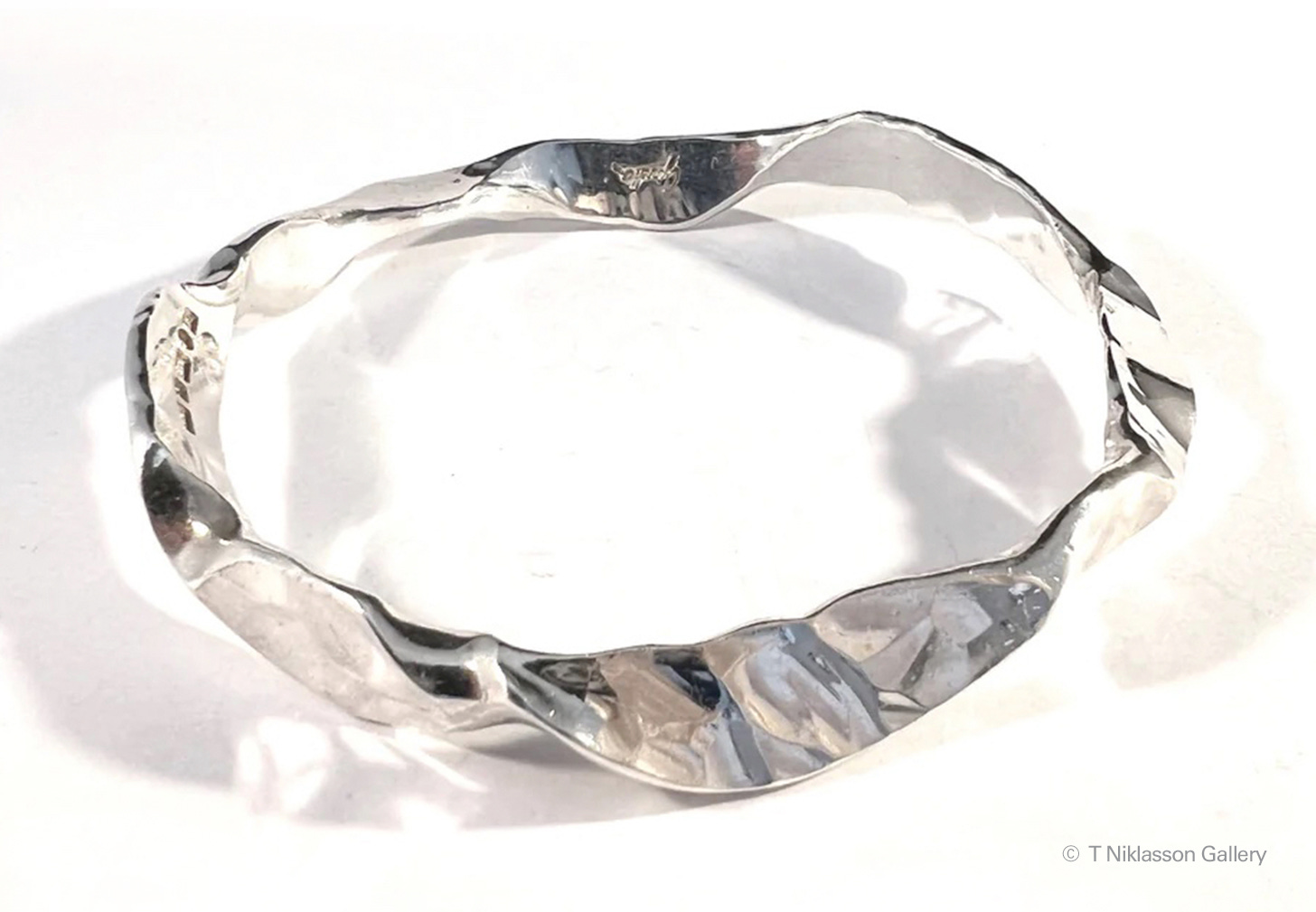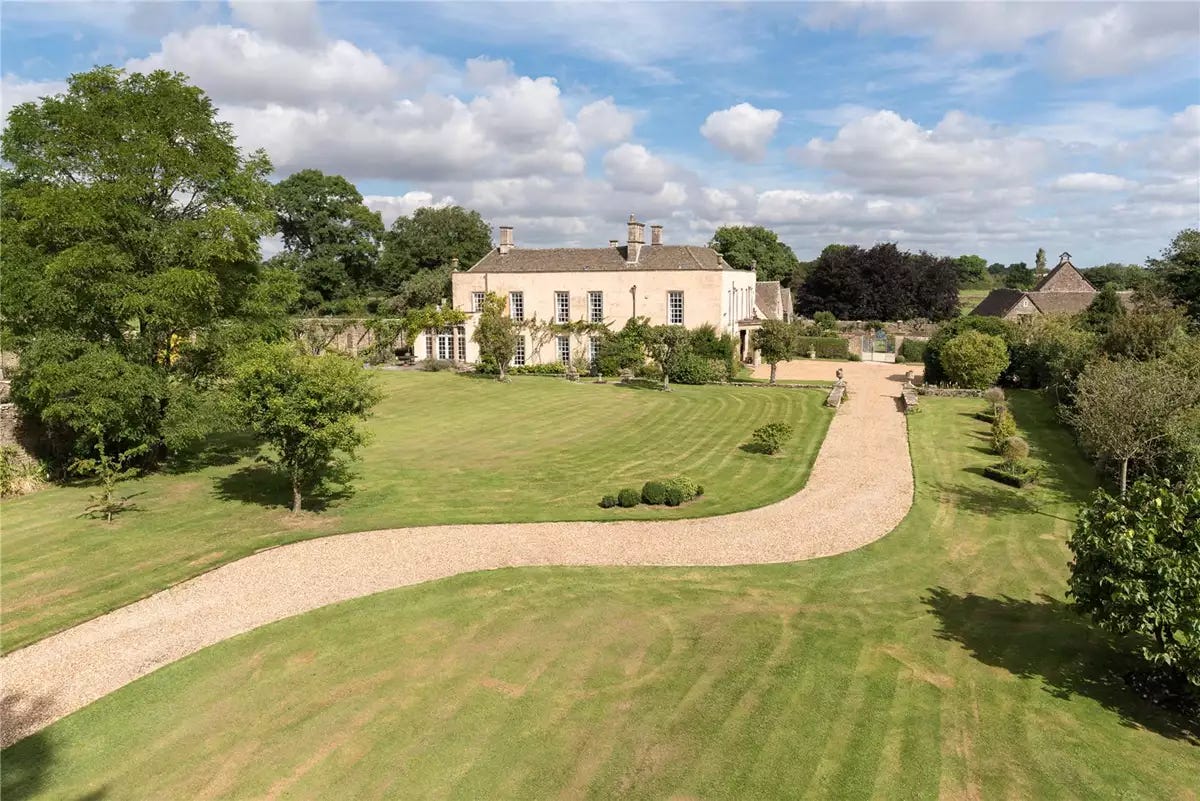Hi all, and welcome to Dearest! We’re currently in the summer doldrums, auction-wise, while all the rich people recline languidly somewhere in the south of France. I’ll pull a couple things from current sales, but there really isn’t much on offer — or that’s inspiring me, at least — so I’ll pad the rest out with some dealer offerings.
I was having a root through the Three Graces website this past weekend, and this brooch caught my eye. Circa 1880, it’s a 10k rose gold award brooch (or “Champion Badge”) for the Doylestown Glass Ball Club, with an engraved motif of two crossed rifles at center and “Presented by Thos L. Golcher, Phila” below. The Philly connection is what drew my attention — that’s where I’m based, and Doylestown is around an hour or so away. I’d certainly never heard of this “Glass Ball Club,” though, nor did I have any idea what that even meant.
But I do now! So apparently, competitive shooting — a.k.a. “trap shooting” — became popular in the early 1800s in the U.S. and England, and after some experimentation with other birds, competitors predominately used pigeons as live targets. (It’s called “trap shooting” because the birds were kept in traps on the ground that were opened by yanking on a long cord — hence all those hunt scenes in period dramas where someone yells “PULL!”). Live targets were inconsistent and pigeon numbers were dwindling, though, so eventually the birds were replaced with glass balls that were launched into the air by a catapult-like trap.
Glass ball shooting soon became very popular with shooting clubs as well as circuses and Wild West shows. This 2017 “The Ralph Finch Collection of Target Balls, Traps and Shooting Ephemera” auction catalog (pdf) mentions that Annie Oakley herself used glass balls with “silk streamers stuffed inside,” and, at one point, the New York City Bohemian Glass Works manufactured 1,250,000 glass balls in six months.
According to that auction catalog, the first mention of a target ball match
was in a London newspaper called Bell’s Life in 1867, but it was a New Yorker, Capt. Adam Henry Bogardus (1834–1913), who patented the first glass target ball and target ball trap in 1877. Bogardus was a champion shooter, and his record-setting antics really helped popularize trap shooting in the U.S.
In one of his greatest feats, Capt. Bogardus shot at 5,000 glass balls in eight hours and 20 minutes, breaking 4,844 of them. He accomplished this at Madison Square Garden in New York, using two guns and enlisting an aid to cool off his guns in a bucket of ice water.
Even though literally millions of these balls were manufactured by glass companies all over the world, they’re very hard to find today and can command prices into the thousands (here’s one currently on eBay for $1,195, and I also don’t want to forget the Agnew & Brown “Pigeon Ball,” which carried a high estimate of $30,000 in 2017). The targets were made in a variety of colors — although blue and amber were more common — and their surface decoration varied by company. Definitely look through that Ralph Finch Collection pdf to see the huge range of colors, as well as loads of examples of traps, molds and Wild West ephemera.
But back to that award badge! I haven’t been able to find any info on the Doylestown club, but it seems they were simply one of many clubs throughout the U.S. and the world. In keeping with the theme, an amber-colored glass ball hangs from the bottom of the badge.
There’s nothing jewelry-related here; I’m just really sad I didn’t get this. This early 20th century optometrist painted tin and iron trade sign is nearly three feet wide and sold for $2,125 (estimate $400 - $600) in the Clocks, Watches & Scientific Instruments live auction at Bonhams Skinner in Marlborough, MA on August 9. Damn.
Circa 1930, this silver and black lacquer bracelet features an unusual material: eggshell. Those little bits of white are fragments of eggshell that have been carefully chosen by size and placed onto a background of black lacquer to create a design. It’s a technique that originated in Asia — some sources say Japan and others say Vietnam — and it became popular in France during the Art Deco period.
This bracelet is unsigned, but pieces from this period are usually associated with Jean Dunand, a Swiss/French designer and metalworker. In the early 1900s, Dunand met Japanese lacquer artist Seizo Sugawara — Sugawara had set up a workshop in Paris following the 1900 Paris Exposition — and the two traded lessons on their respective techniques.
Other artists including Gérard Sandoz and Paul Brandt also adopted the painstaking technique, but Dunand in particular was so successful with it that he kept his own flock of chickens to ensure a steady supply of high-quality eggshell.
The bracelet is available from London dealers Symbolic & Chase for $22,000.
What better way to honor summer than with a shrimp brooch?
French and circa 1890, the brooch features rose-cut diamonds set in silver and gold with a cabochon ruby eye. The silver head of the shrimp has been chased — which means the metal has been pushed and manipulated into a design using a hammer and various sizes of punches — to represent the fiddly bits. (Chasing, if you’re interested, is different from engraving, because it doesn’t remove any metal — it just pushes it into shape. With engraving, the design is literally carved into the piece, so there is a certain amount of metal loss.)
Anyway, shrimpy here is available from London jewelers Wartski for a mere £6,850 (or around $8,354).
This English triple-pendant necklace might look modern, but it’s actually circa 1870. The central cabochon rock crystal pendant features an emerald horseshoe — a symbol of good luck then as now — while the two smaller pendants feature ruby horseshoes. All are suspended from small gold and natural pearl bails on a 17” chain. The piece is being sold by Austin, Texas-based antique jewelry dealers Bell & Bird for $16,500.
Let’s dial things back to something normal people can afford. This wonderfully crumpled sterling silver bangle bracelet is currently on sale for $209, and is hallmarked and signed for Swedish silversmith and designer Claës E. Giertta (1926-2007), Stockholm, 1995. Giertta’s work wasn’t well-known outside of Sweden, but his sculptural jewelry designs were highly influential within Scandinavia.
The bracelet is being sold by T Niklasson Gallery, one of my most favorite antique jewelry dealers. Based in Sweden and specializing in Scandinavian design, they are consistently chock full of interesting jewelry at affordable prices.
There IS one upcoming auction that I should mention. On August 27, California’s GWS Auctions will offer jewelry, ephemera and other memorabilia formerly belonging to Elvis Presley in their The Lost Jewelry Collection of Elvis Presley and Colonel Tom Parker sale.
According to CNN, it was thought that Elvis gave a collection of his jewelry to his manager, Col. Tom Parker, and the whereabouts of the collection was unknown until Brigitte Kruse, founder and CEO of GWS Auctions
learned of a financial dispute that had kept the items out of the public eye for nearly five decades. Eventually, one of the auction house’s clients negotiated a price for the items and purchased them, she said.
“It was ... a collection that we (had) all ‘heard about,’” she added. “It truly was a myth and a legend until we put our hands on it.”
Kruse assembled additional items for the sale, with curatorial help from Presley’s former wife Priscilla. Items include Elvis’s own jewelry and pieces he had made for, or were owned by, Parker, as well as other items like his 1968 Comeback Special Hagstrom V-2 Guitar (minimum bid $750,000), a 1962 Lockheed Jetstar Jet he bought for his father (no remaining engines; would have to be disassembled to move; minimum bid $100,000), and a jumpsuit he wore in the 1968 film Speedway (minimum bid $20,000).
The 14k gold ring above was designed by Presley in the “nugget” style, with the initials “TCB” in raised diamonds beneath a 7.56-ct diamond. “TCB,” which stands for “taking care of business,” is a theme Presley revisited many times and this ring is the first he had made using the logo. It’s further decorated with diamond-set lightning bolts on the sides. (There’s currently a cubic zirconia set in the ring, but the original diamond is included in the sale.)
It’s completely hideous, but that’s the 1970s for ya. The minimum bid is set at $500,000.
One final note: Luckington Court — the 11th century Cotswolds house that was used as the Bennet family home in the 1995 BBC series Pride and Prejudice — has gone up for sale. It’s £6 million ($7.28 million) and it’s gorgeous. According to the estate agents Wooley & Wallis, here’s what you get for your millions:
• Grade II* Listed house with 8 bedrooms and 7 bathrooms
• Integral flat and separate self-contained annexe accommodation
• 5 further dwellings
• 17th Century dovecote
• Traditional farm buildings
• 18.99 acres (7.68 hectares) of permanent grassland
There’s also an AGA that’s bigger than my house. It’s all so stinking pretty I can’t even snark about it. Go here to gaze longingly at the photos.
Wait, I lied — there’s one more note: In me-related news, Substack recently interviewed me for their What to Read series, so you can read about my Chaotic Evil writing habits and also see a photo of me and my bananas Covid hair. If you signed up as a result of that post, hello! Delighted to have you here!
Ok, that’s finally it. Keep cool and hydrated, and have a good week!
M xx












Those giant specs are far too fabulous to be looking at Elvis's flaccid peacockery. However, he died 'taking care of business', so.... But let's get down to business. Yes, I did have to look up what an AGA was, and if we don't build a consortium of like-minded introverts to purchase the Cotswolds as a bug-out bag, we're missing the boat.
I think we should all pitch in a bit for that house. I mean, I hear the nearby house is let to a single gentleman with 5000 a year!